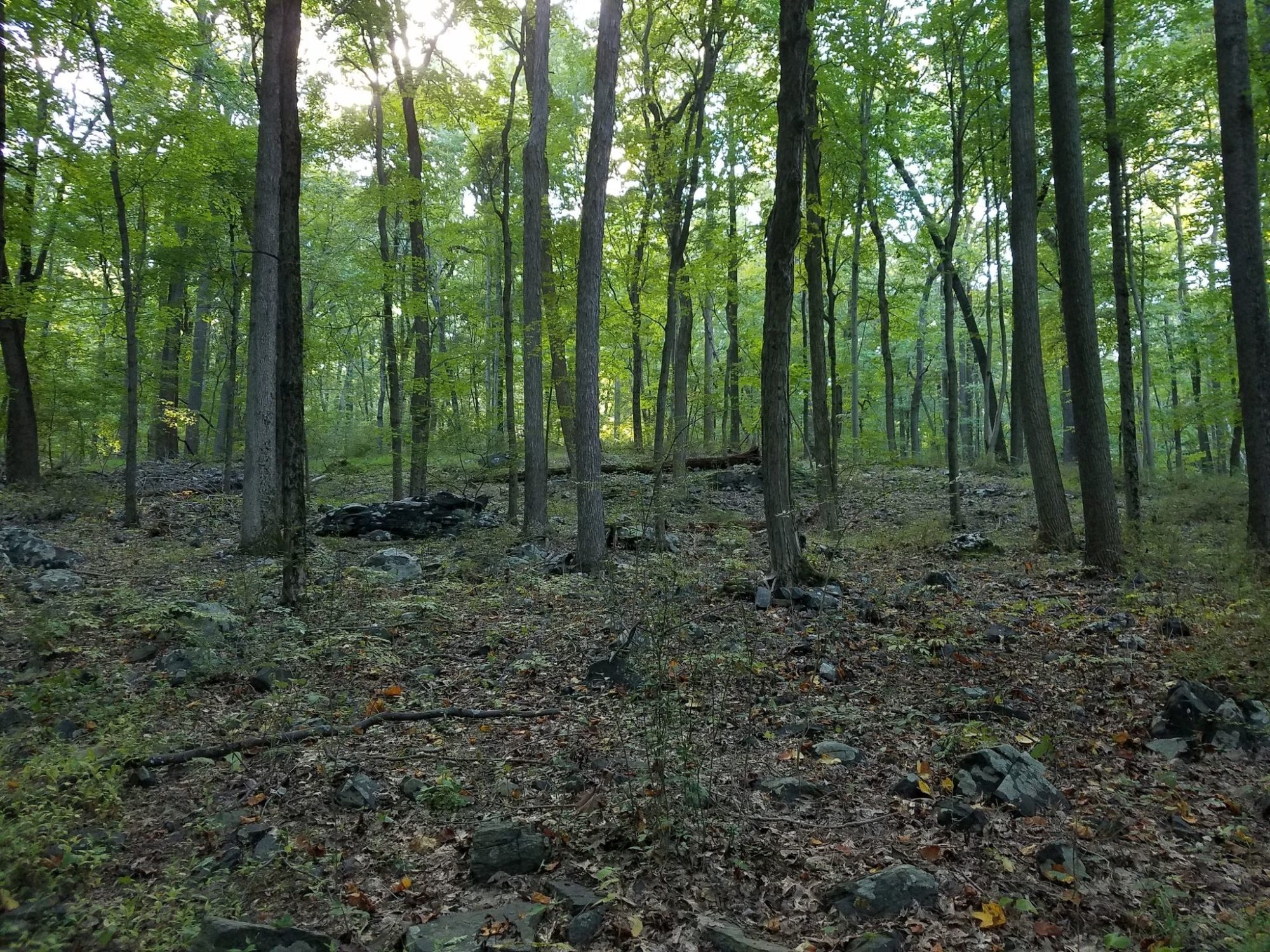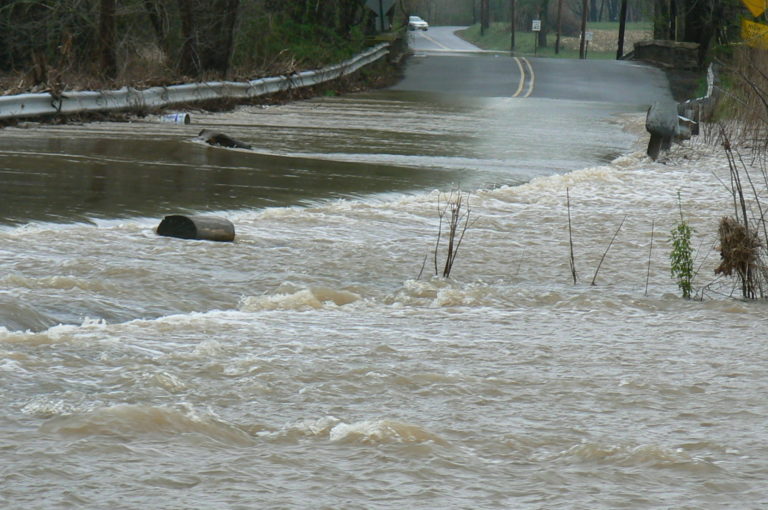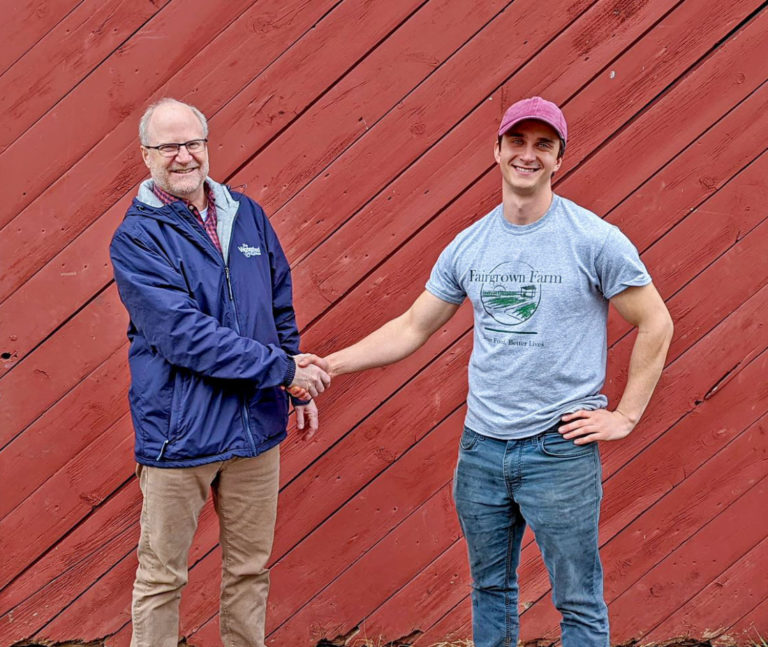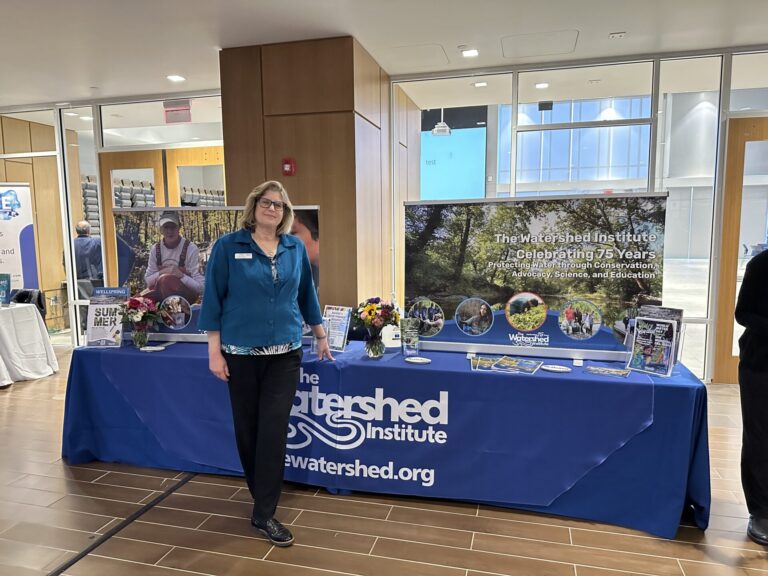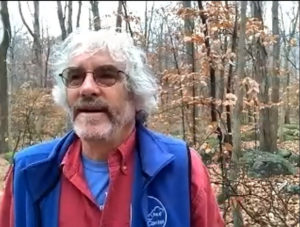 Teachers say forging real-world connections with their students is one antidote to Zoom fatigue.
Teachers say forging real-world connections with their students is one antidote to Zoom fatigue.
The Watershed Institute, which has strong ties with central New Jersey schools, is offering a “remote respite” by developing virtual field trips for local public and independent schools. As Zoom fatigue has set in after too many days of watching and hearing faces in tiny boxes, Watershed educators help engage students by bringing the outside into classrooms with virtual field trips that present the material in fresh ways, teachers said.
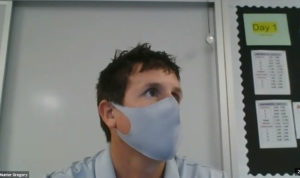 On a recent day, Education Director Jeff Hoagland took his iPad into the Sourland Mountains. There he assisted Greg Hunter, a sixth-grade science teacher who was located in his Hopewell Valley classroom at Timberlane Middle School, for a new twist on a geology lesson.
On a recent day, Education Director Jeff Hoagland took his iPad into the Sourland Mountains. There he assisted Greg Hunter, a sixth-grade science teacher who was located in his Hopewell Valley classroom at Timberlane Middle School, for a new twist on a geology lesson.
As masked students listened intently from school or their homes, Jeff tromped through the wet leaves in the wooded landscape. He showed students how rocks were weathered, using his iPad to transmit real-time images to reinforce the concepts.
The students directed Jeff through the Zoom chat box to look for signs of weathering — be it by physical forces such as tree-root wedging and ice wedging, or by chemical processes that begin with colonization by lichens.
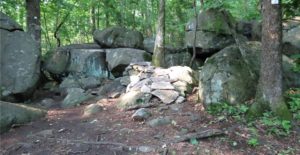 The students were able to ask questions and respond to prompts from Greg and Jeff as they witnessed the terrain and made their scientific observations.
The students were able to ask questions and respond to prompts from Greg and Jeff as they witnessed the terrain and made their scientific observations.
“Kids love something that is real,” Greg said. “Having Jeff at a local place and pointing out examples of what we are studying in the class was very valuable. I was impressed with their (students) application of the knowledge that we had built in the week and a half before the trip.”
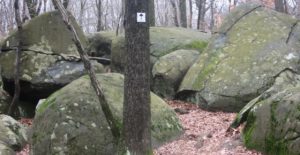 Greg said the feedback from his students was great, and several visited the Sourland region with their parents later to explore the terrain firsthand. Others sent in photos from their backyards to show what they had learned from Jeff.
Greg said the feedback from his students was great, and several visited the Sourland region with their parents later to explore the terrain firsthand. Others sent in photos from their backyards to show what they had learned from Jeff.
Added Jeff, “It is critical to replicate the excitement and engagement that in-person, place-based education offers. Our role as environmental educators is to fortify connections that we traditionally establish in person.”
Finding the “hook” is crucial these days for keeping students attention. Pat Heaney, the Watershed’s Assistant Director of Education, taught several remote classes at the public Clara Parker Elementary School and private Christina Seix Academy in Trenton.
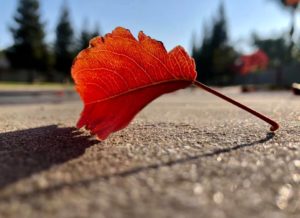 “We talked about an amazing thing that doesn’t pollute, lives off of solar power, and it makes fuel and household items. They have to guess and, of course, it is trees,” Pat said. “The roots can split rocks and sidewalks. We talk about photosynthesis and how trees use carbon dioxide, sunlight, and water and produce oxygen.”
“We talked about an amazing thing that doesn’t pollute, lives off of solar power, and it makes fuel and household items. They have to guess and, of course, it is trees,” Pat said. “The roots can split rocks and sidewalks. We talk about photosynthesis and how trees use carbon dioxide, sunlight, and water and produce oxygen.”
After the lesson, each child received a watercolor paint set in a pail and was given instructions to find and paint some autumn leaves.
Audrey Chen who teaches second grade at Clara Parker, shared her sentiments to Pat in an email, “Thank you for coming in these past few weeks to share with our students more about how important trees are! They learned so much and were so excited about your presentation after coming back [into the classroom] from Zoom.”
Added Pat, “I could see their interactions with each other and it felt more like we were in the classroom. I had them do a photosynthesis dance with stretching and it was really fun. It made me happy to be with the kids and feeling like I was part of the classroom again, even though it was remote.”

